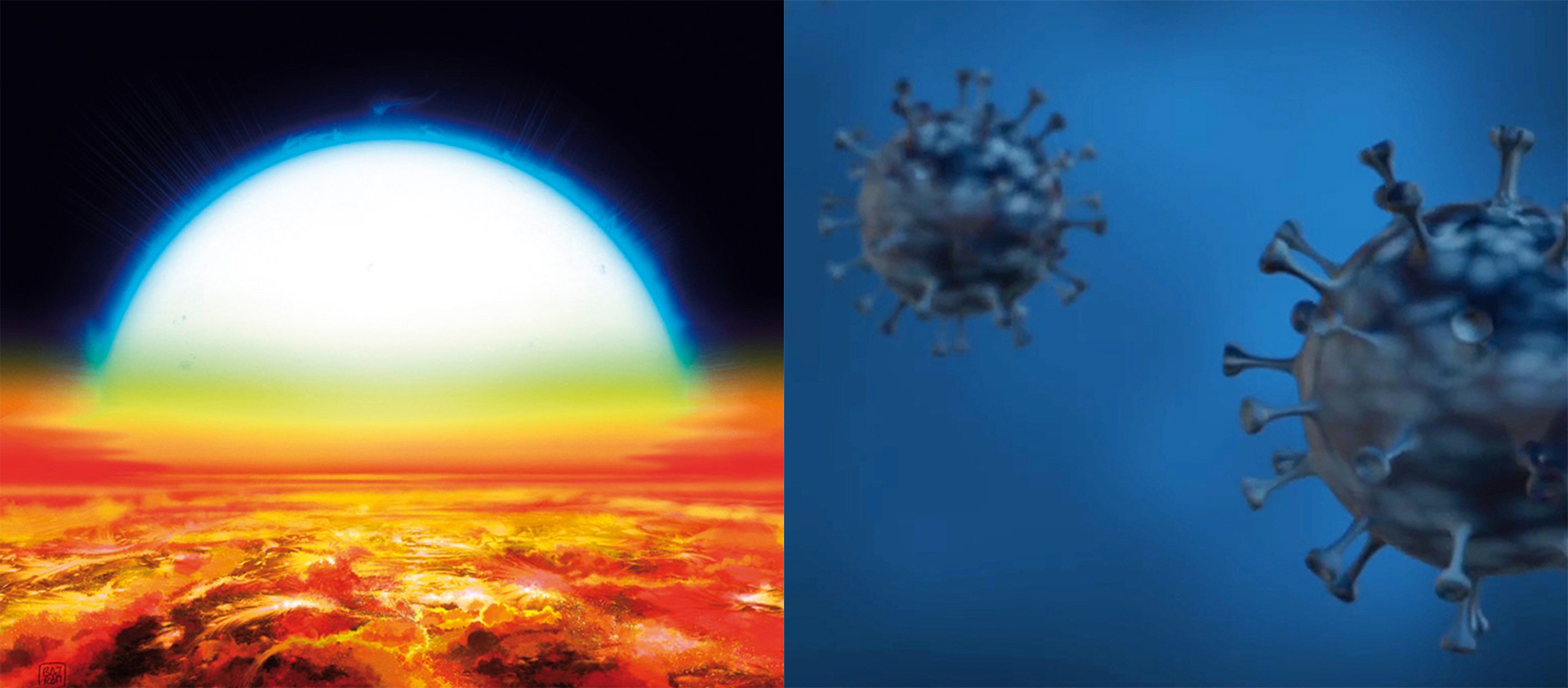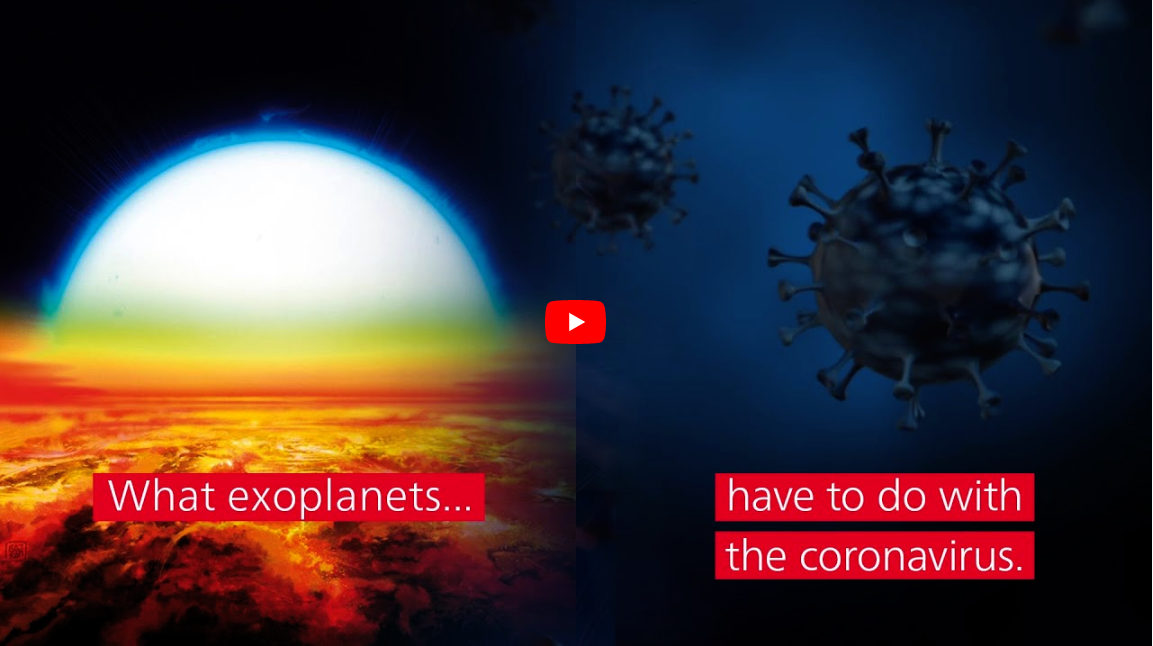CENTER FOR SPACE AND HABITABILITY (CSH)
The mission of the Center for Space and Habitability (CSH) is to foster dialogue and interactions between the various scientific disciplines interested in the formation, detection and characterization of other worlds within and beyond the solar system, our search for life elsewhere in the Universe, and its implications for disciplines outside of the sciences. Our members, affiliates and collaborators include astronomers, astrophysicists, atmospheric, climate and planetary scientists, geologists and geophysicists, biologists, chemists and philosophers. We are home to the CSH and Bernoulli Fellowships, which host young, dynamic and talented researchers from all over the world to conduct independent research at the University of Bern.

